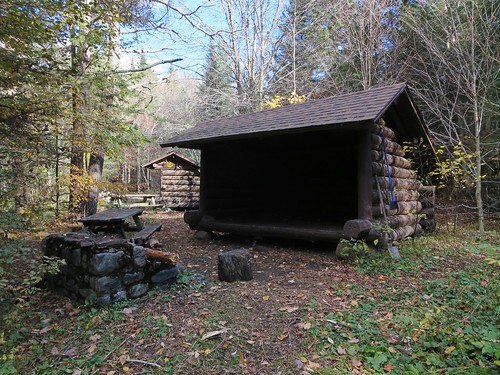Charlie
Member
Hello all, so I am finally back to pursuing my remaining peaks to complete the 46er's, and I am already looking at the calendar for a couple of challenging adventures I have ahead of me, namely all four of the Seward range and the 3 peaks in the Santanoni range. I'm looking at labor day weekend as my first opportunity to go and have 4 days available.
I've been scouring the forums and reading trip reports, one common theme for both of these treks seems to be mud, so I will be as prepared as possible for that, especially this year.
My main question is about best approach and route, parking areas and camping availability. I'm thinking of doing Seymour 1 day, and the Seward range the next, or vise versa. I don't hike too fast and can't see myself doing all 4 (21 miles) in a day, just not that young and ambitious anymore.
Any and all advice is greatly appreciated, I have a lot of time to plan so I'm attempting to do my homework.
I've been scouring the forums and reading trip reports, one common theme for both of these treks seems to be mud, so I will be as prepared as possible for that, especially this year.
My main question is about best approach and route, parking areas and camping availability. I'm thinking of doing Seymour 1 day, and the Seward range the next, or vise versa. I don't hike too fast and can't see myself doing all 4 (21 miles) in a day, just not that young and ambitious anymore.
Any and all advice is greatly appreciated, I have a lot of time to plan so I'm attempting to do my homework.
Last edited:


